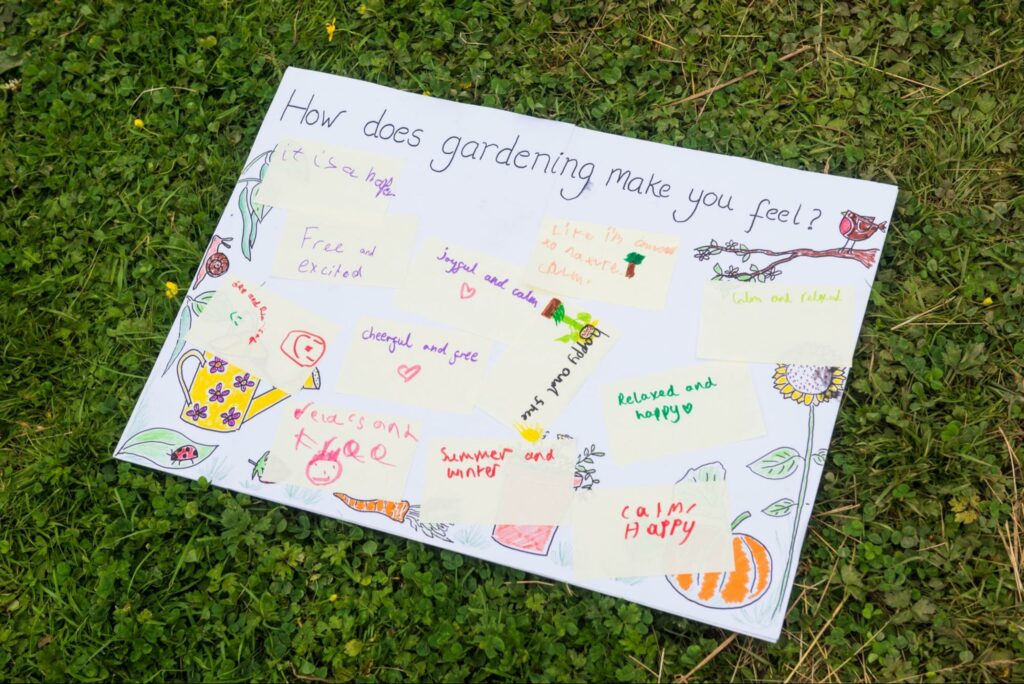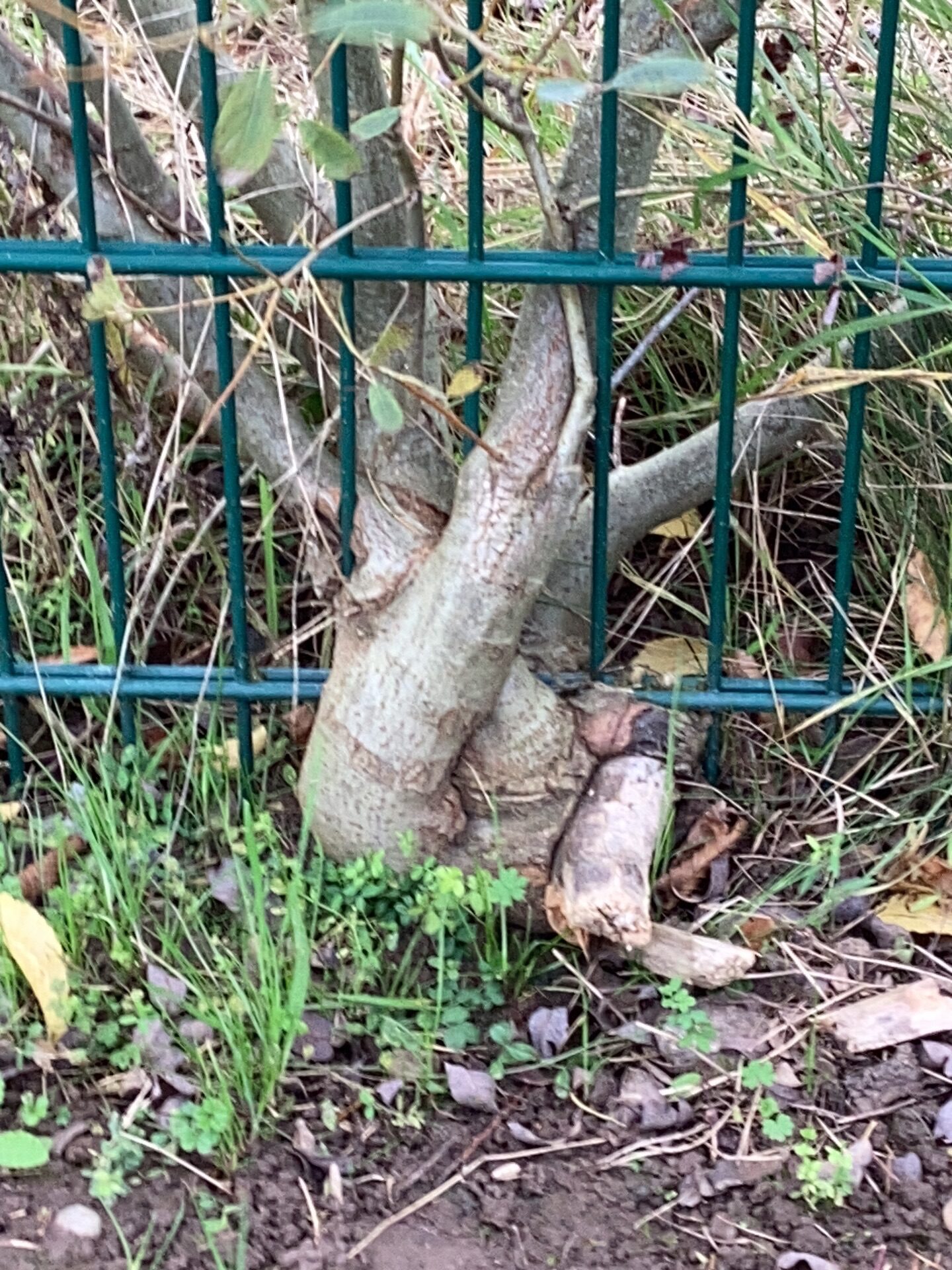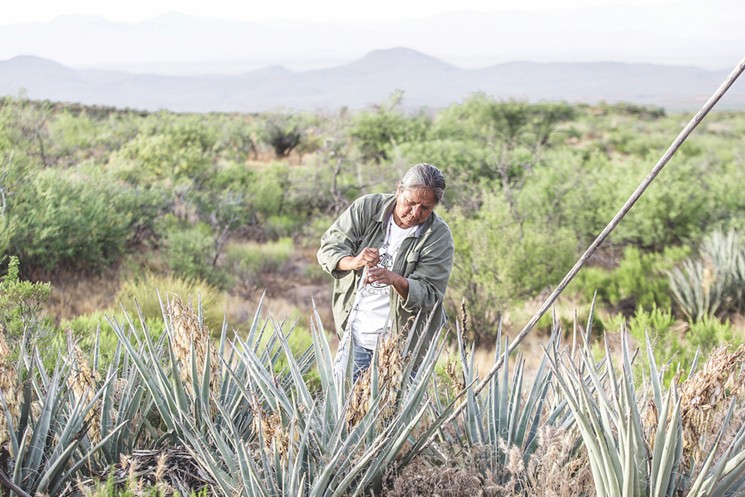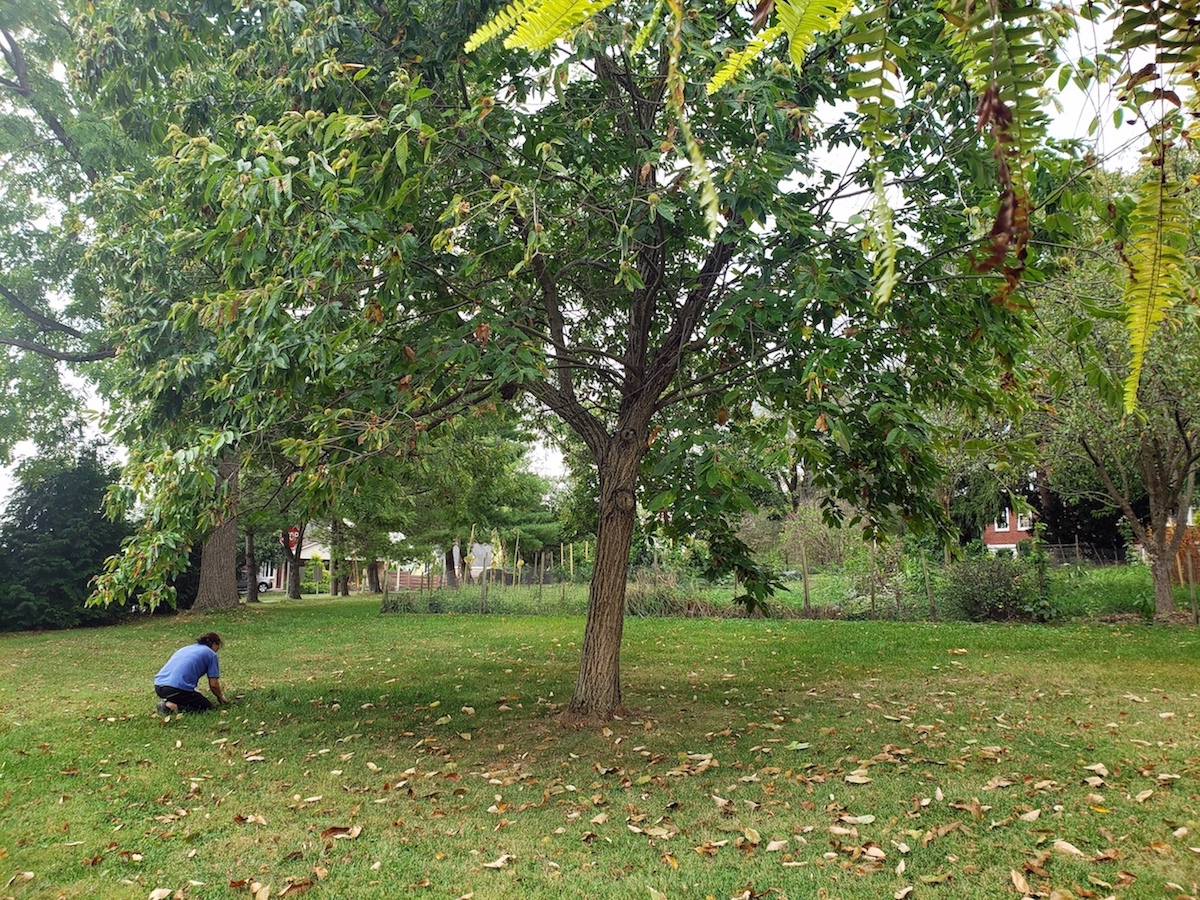Recent research has uncovered that the United Kingdom is one of the most nature-depleted countries on Earth.1 The latest State of Nature report – which investigates the status of the UK’s wildlife – concluded that almost one in six species from Great Britain are at risk of extinction, highlighting the urgent need for ecosystem restoration.
A new education program is aiming to boost biodiversity across the country, promote nature-based discovery and embed climate education into the curriculum, all with the goal of creating and improving spaces for wildlife to thrive. The UK is home to over “70,000 known species of animals, plants, fungi and microorganisms”, but research shows that these numbers are declining, namely due to changes in land use and climate.2
The National Education Nature Park program launched in October 2023, led by the Natural History Museum with the Royal Horticultural Society and Royal Society with the support of partners across the environmental and education sectors. The program was commissioned by the government’s Department for Education with the hopes of increasing engagement with nature and enabling young people to make positive change in their local environments.
- 1. Josh Davis, ‘One in six species at risk of going extinct in Great Britain’, Natural History Museum.
2. ‘What is the state of biodiversity in the UK?’, Royal Society.

Creating opportunities to discover and connect with nature
Since the early stages of the project, I have worked as a member of staff within the Royal Horticultural Society on the development of the program. With the goal of increasing accessibility to nature, we can break down the ‘Nature Park process’ into five steps: Getting to know your space; Identifying opportunities; Making decisions; Making change happen; and Recording change.

In order to develop the program, we visited schools and spoke with young people and teachers, collaborating to design activities and resources that encourage school children to explore and discover nature where they are, and to make their school grounds a better place for both people and nature – before recording how biodiversity has increased and celebrating their progress. Throughout development and testing, we learned first-hand about schools’ desires for outdoor spaces that promote learning and play – with many settings having limited green space or a lack of autonomy around how these spaces are created and maintained. Teachers we spoke to sometimes expressed low confidence in facilitating nature-based discovery, or in answering children’s questions on plants, wildlife and climate. Additionally, there are vast disparities between young people’s experience of and attitudes towards nature. Through providing support and guidance for educators, and engaging materials that promote a connection with nature for young people, the Nature Park programme aims to close this gap and empower education settings and young people to make small, localised changes that leave a legacy for future generations.
The feeling of unfamiliarity, disgust or discomfort around nature can be an initial barrier to engaging young people with nature – so a core focus of the Nature Park’s engagement program is making the natural world accessible and comfortable for children and young people – even where access to green space is lacking, or experiences of nature have been limited or negative. Building a connection to nature and developing empathy for wildlife are key ingredients for long-lasting change, as well as embedding these practices across learning, from science and geography to art and design and citizenship.

Technology as a tool for action
But innovative education requires innovative tools – which is what Esri UK are enabling schools to utilise through the program. The leading GIS (geographic information system) software company is creating ways for schools to observe and map their school grounds – identifying habitats, features and even environmental quality and areas of shade. Through the development of bespoke mobile apps, teachers and students can build a picture of their current school environment, build a deeper understanding of what is around them, and identify opportunities for positive change – contributing to a nationwide map that unites those taking part. (At the time of writing, the interactive Nature Park map is illuminated with 404 Nature Park sites recorded so far, less than two months since the program launched.)
To introduce this software and create an opportunity for collaborative data collection, the launch of the Nature Park on October 4th was marked with a Hidden Nature Challenge, which invited education settings all over the country to get outside and document signs of nature on their doorstep. Almost 3,000 hidden nature observations have been documented, ranging from insects, moss or lichens, to resilient plants growing through concrete paving or walls.
A first step to exploring the nature around us, its resilience and the benefits it provides for us and wildlife, the Hidden Nature Challenge only strengthened our knowledge that children and young people are still inquisitive and hopeful about nature – even amidst increasing effects of climate change and nature loss.
Supporting climate action in education
The National Education Nature Park is open for all schools, nurseries and colleges in England to register for free – with activities, curriculum resources and guidance provided each step of the way. Alongside a full program of activities and curriculum resources, a series of online webinars will guide settings through each step of their journey, from mapping habitats to implementing effective, long-lasting interventions for wildlife.
- 1. Josh Davis, ‘One in six species at risk of going extinct in Great Britain’, Natural History Museum.
2. ‘What is the state of biodiversity in the UK?’, Royal Society.



















